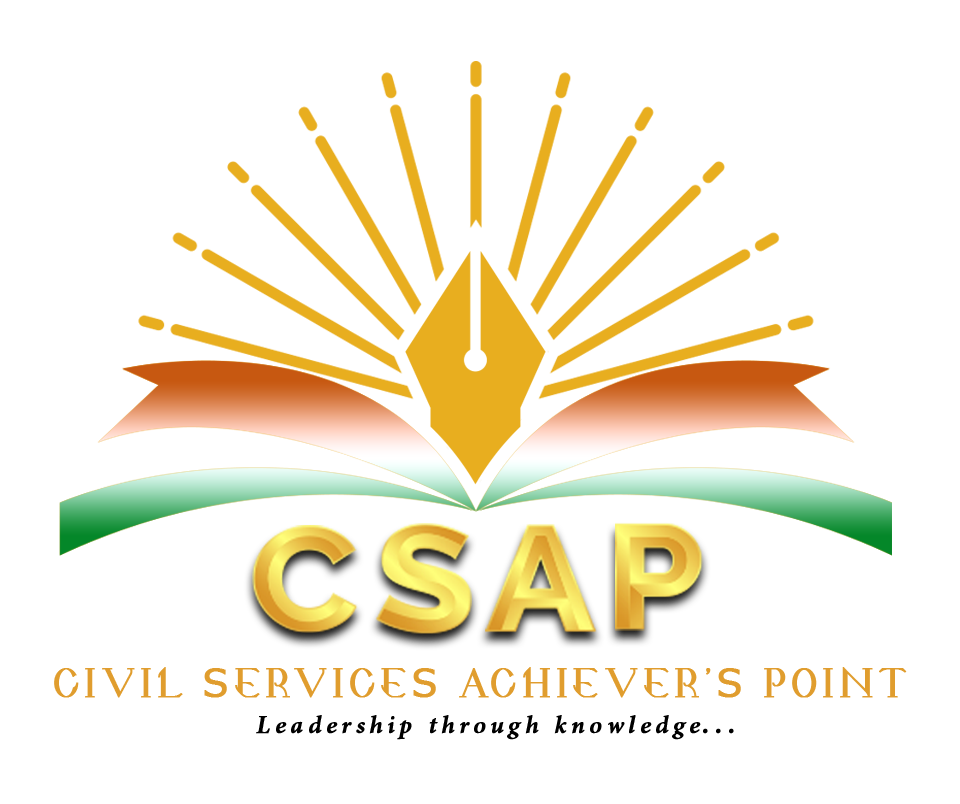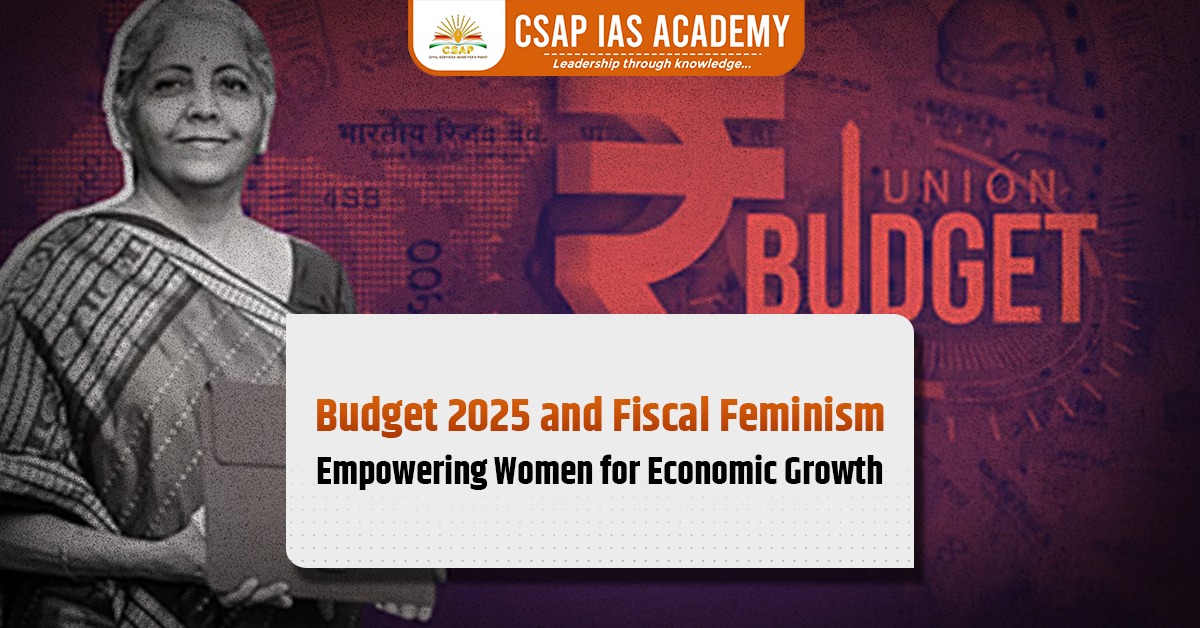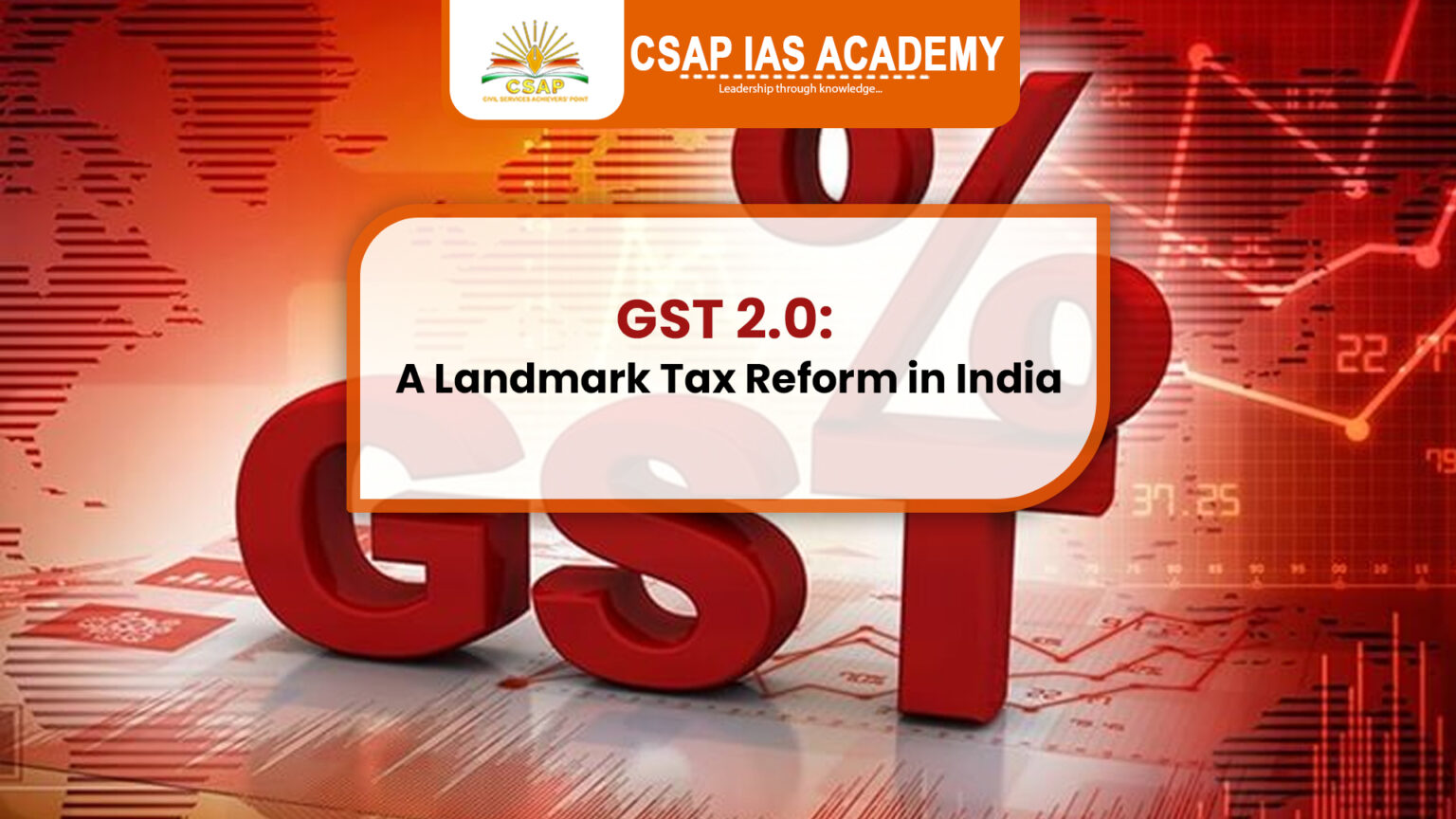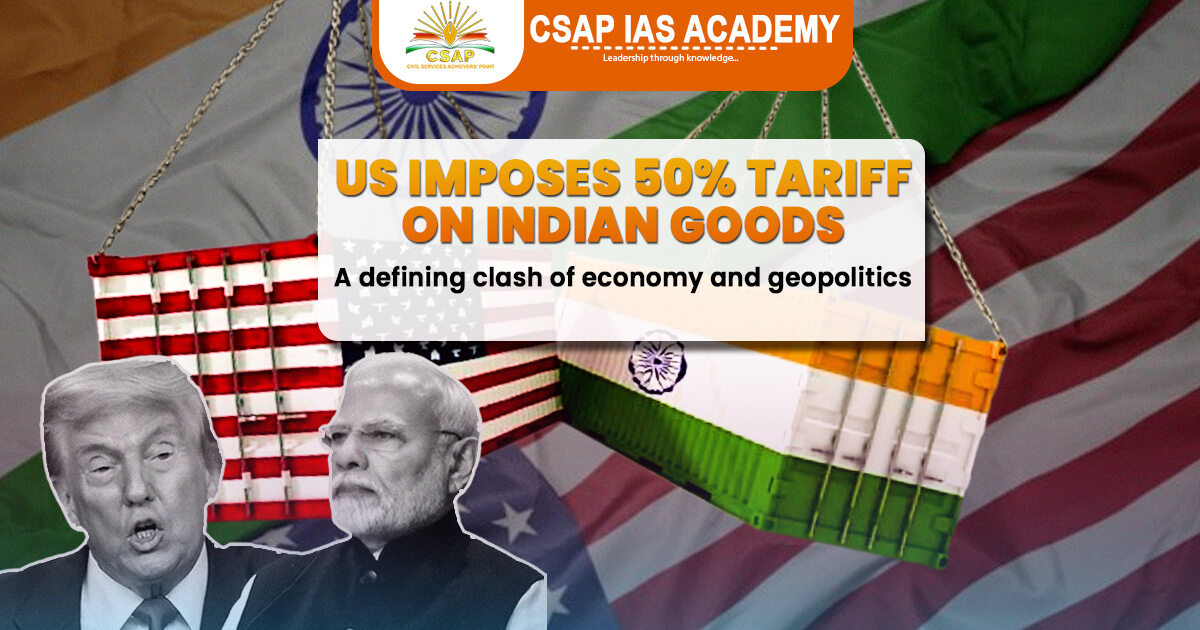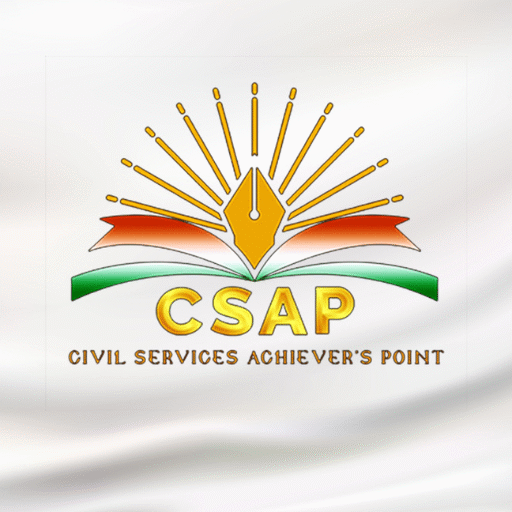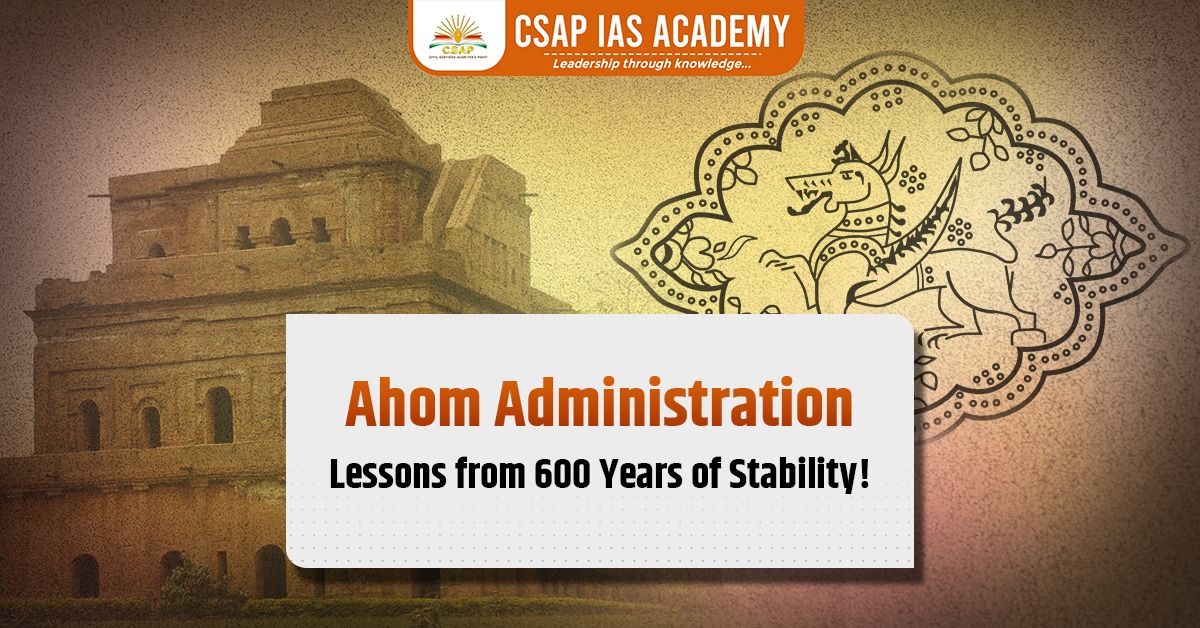Fiscal feminism refers to the use of budgetary policies to empower women by improving financial support, employment opportunities, and socio-economic growth.
Recognizing the importance of women in nation-building, the Union Budget 2025 focuses on enhancing their participation in the economy through targeted schemes, funding, and incentives. Women are central to India’s GYAN model (Garib, Yuva, Annadata, Nari Shakti), which ensures dignity and prosperity for all sections of society. The budget strengthens efforts to promote entrepreneurship, job creation, health, and financial independence among women.
Key Highlights of Budget 2025 and Fiscal Feminism
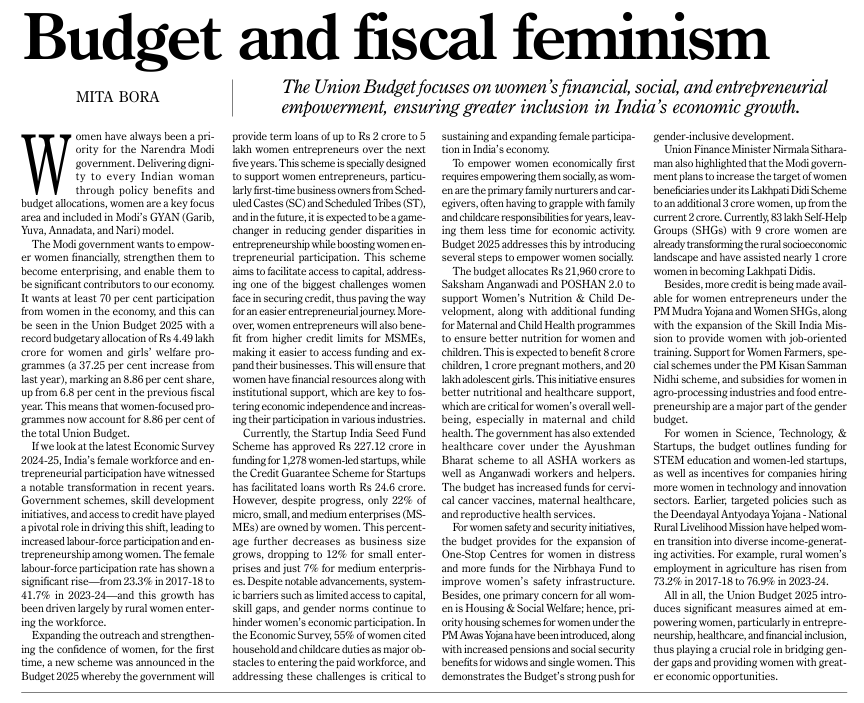
Increased Allocation for Women’s Welfare
- The Union Budget 2025 has allocated ₹4.49 lakh crore for women’s welfare, marking a substantial increase in gender-focused spending.
- Women-specific schemes now account for 8.86% of the total budget, up from 6.8% in the previous year.
Promoting Women Entrepreneurs and Startups
- Women entrepreneurs can now access loans ranging from ₹2 crore to ₹5 lakh to establish and expand businesses.
- Special provisions have been introduced for first-time businesswomen, particularly from SC/ST communities.
- The Startup India Seed Fund (₹1,278 crore) and Credit Guarantee Scheme provide enhanced financial support to women-led enterprises.
- Government initiatives like PM Mudra Yojana and Self-Help Groups (SHGs) continue to offer micro-financing for small businesses.
- The Lakhpati Didi Scheme aims to empower 3 crore women by helping them achieve financial self-sufficiency.
Boosting Women’s Employment and Skill Development
- Women’s participation in the workforce (Labor Force Participation Rate) has risen significantly from 23.3% in 2017-18 to 41.7% in 2023-24.
- The Skill India Mission continues to train women in job-oriented skills, improving employability across sectors.
- Women farmers receive financial support through schemes like PM-Kisan Samman Nidhi, ensuring their active role in agriculture.
- Special emphasis is placed on encouraging women to pursue careers in science, technology, and innovation.
Enhancing Women’s Health and Safety
- The government has allocated ₹21,960 crore for Saksham Anganwadi and POSHAN 2.0, aiming to improve nutrition for women and children.
- Ayushman Bharat Scheme has been extended to cover ASHA workers and Anganwadi helpers, ensuring better healthcare access.
- The Nirbhaya Fund has received an increased allocation to enhance women’s safety and security.
Strengthening Women’s Financial Independence
- The Jan Dhan Yojana continues to assist women in opening bank accounts and managing savings, increasing financial inclusion.
- Financial literacy programs and credit support initiatives have been strengthened to encourage women-led businesses and investments.
The Union Budget 2025 marks a significant step toward ensuring women’s financial empowerment, social security, and workforce participation. By focusing on entrepreneurship, employment, healthcare, and financial inclusion, the government aims to build a more gender-inclusive economy. Fiscal feminism is emerging as a transformative approach to economic development, positioning women as key contributors to India’s progress and prosperity.
Practice Question
Q) The female labor force participation rate has increased from 23.3% in 2017-18 to what percentage in 2023-24?
(a) 35.5%
(b) 40.2%
(c) 41.7%
(d) 45%
Answer: (c)
Explanation: The female labor force participation rate has risen to 41.7%, indicating a positive trend in women’s employment.
UPSC Mains 2023
Q) To what extent have the various employment generation programs helped in increasing women’s workforce participation? Discuss with relevant examples.
Read: Important Treaties of Medieval Assam
Download CSAP IAS Academy App:
